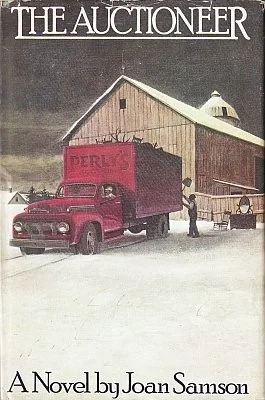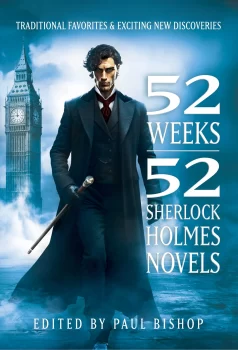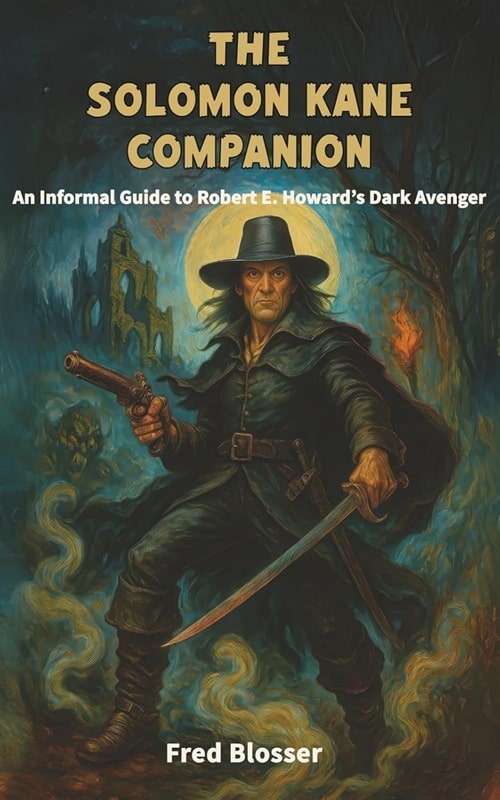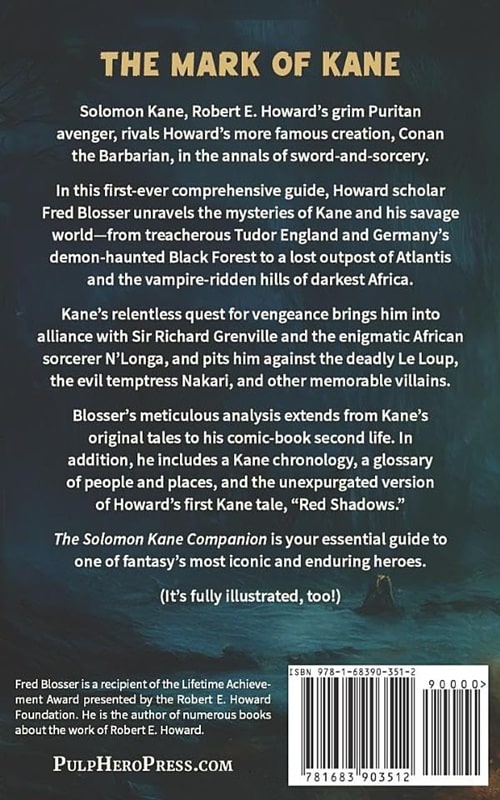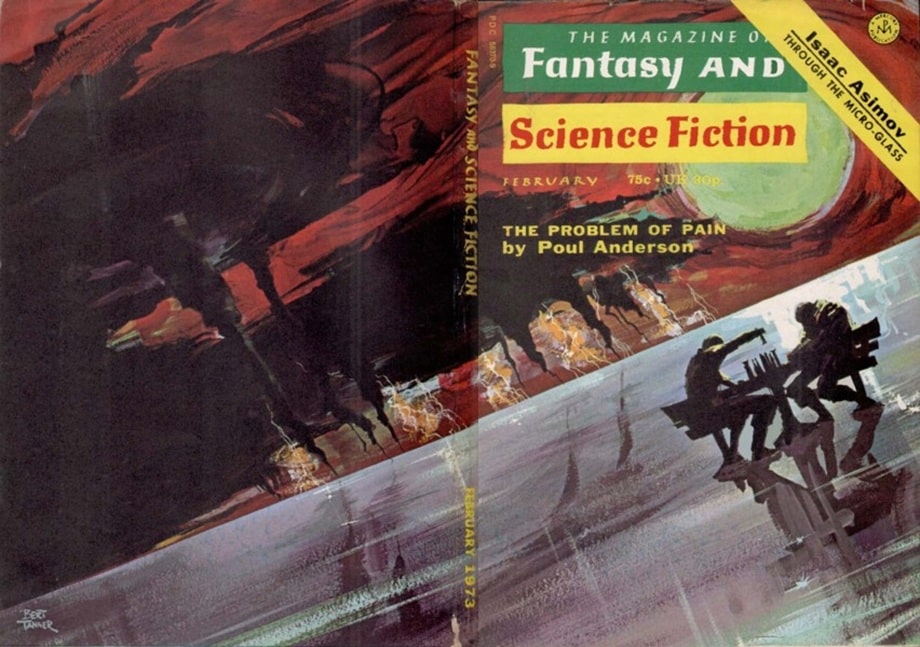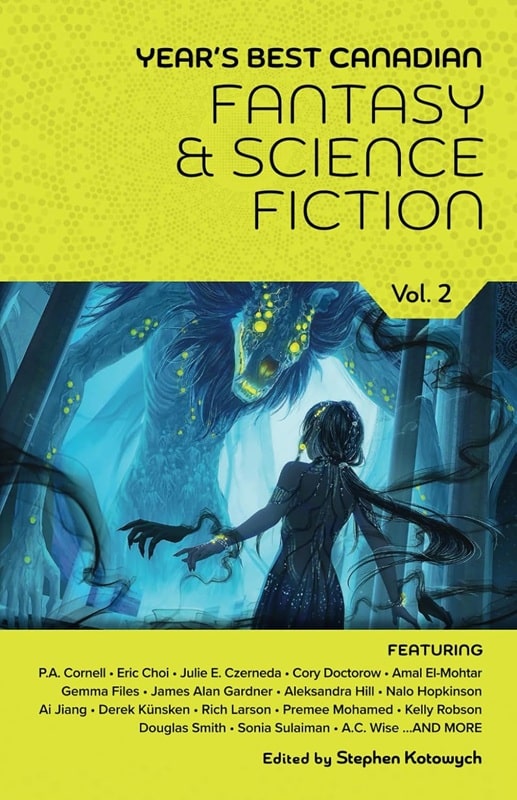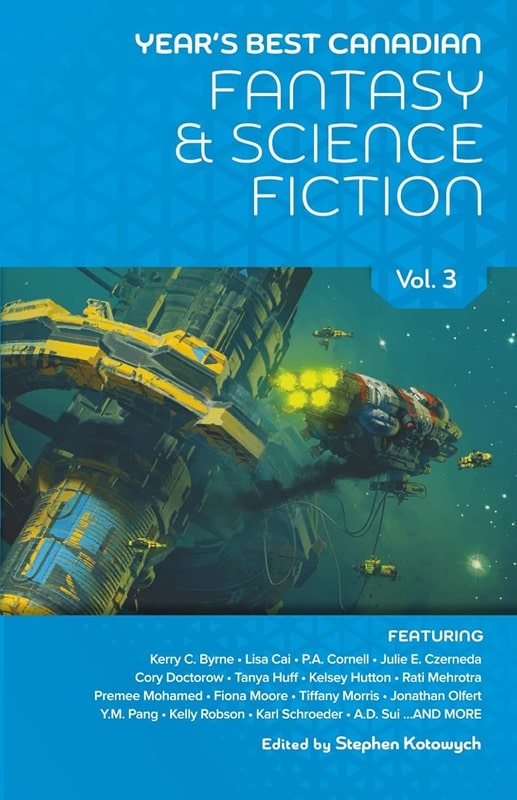By the King’s Command: Joan Samson’s The Auctioneer
Every October, I perform a ritual that I suspect many of you also observe — I grab a handful of books off the shelf and spend the Halloween month reading the scary stuff, always trying to get in a “classic” or two that I’ve missed along the way. Last year that classic was Christine, one of the “first-wave” Stephen King books that I had never gotten around to, and the novel reminded me why the man is so enduringly popular… and also why I don’t read him much anymore. I enjoyed Christine, but five hundred plus pages of dated pop culture references and slangy, apocalyptic adolescent angst is a heavy load for someone of my advanced age to carry.
I didn’t read any King this October, but my Halloween 2025 reading had a King connection nevertheless. In his chatty 1981 grab-bag horror survey Danse Macabre, King includes a list of approximately one hundred horror books that he considers important for the post-World War Two era he discusses. (He was born in 1947.) I incorporated many of King’s choices in my own megalomaniacal list of essential horror, fantasy, and science fiction books, and over the years I’ve sampled a fair number of his recommendations. I’ve found the Master’s lineup hit or miss; there have been whiffs like Iris Murdoch’s The Unicorn (which I absolutely hated, and which I’m convinced he inserted strictly for literary cachet), home runs like Ramsey Campbell’s nightmarish The Doll Who Ate His Mother, and books that may not be masterpieces but are still solid successes, like another one I read last year, Bernard Taylor’s grim English ghost story, Sweetheart, Sweetheart.
This year the first October book I read came off of King’s list — The Auctioneer, Joan Samson’s 1975 novel of rural unease. King marked some of the books on his list with an asterisk as being “especially important”, and The Auctioneer is one of those.
